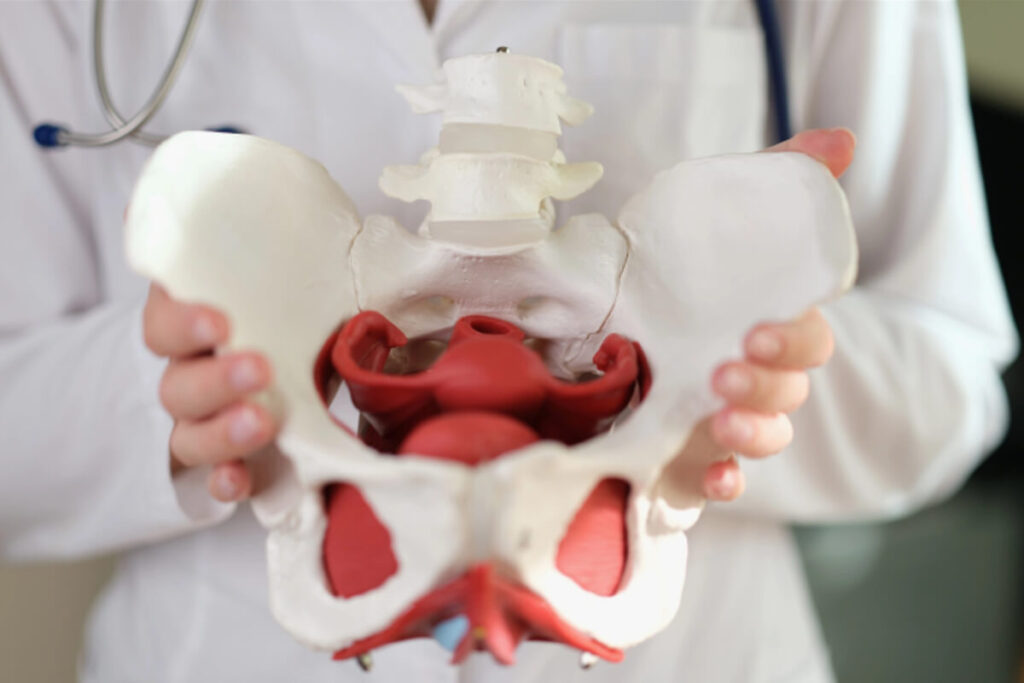What Are the Benefits of Cryotherapy for a Total Hip Arthroscopy?

Recovering from hip arthroscopy often involves managing pain, reducing swelling, and restoring movement. One tool commonly recommended by surgeons and physiotherapists is cryotherapy, also known as cold therapy.
Cryotherapy involves applying controlled cold temperatures to the hip joint, typically using ice packs, cooling machines, or specialised wraps. It plays an important role in promoting recovery after surgery.
Key Benefits of Cryotherapy After Hip Arthroscopy
1. Pain Relief
Cold therapy numbs the surgical area, reducing the need for strong pain medications. This makes the recovery period more comfortable and helps patients begin physiotherapy earlier.
2. Reduced Swelling and Inflammation
Cryotherapy constricts blood vessels, which slows circulation in the area. This helps:
- Limit swelling around the hip joint
- Decrease inflammation caused by surgical trauma
- Support a faster healing environment
3. Faster Recovery
By reducing pain and swelling, cryotherapy allows patients to move and exercise earlier in the recovery process. Early mobility is crucial for preventing stiffness and promoting joint health.
4. Improved Sleep and Comfort
Pain and swelling often disrupt sleep after surgery. Regular cryotherapy sessions can help patients rest better, which in turn supports healing.
5. Reduced Risk of Complications
Less swelling means lower pressure within the joint, which may reduce the risk of complications such as excessive scar tissue or adhesions.
How Is Cryotherapy Applied After Hip Arthroscopy?
- Ice Packs: Simple, inexpensive, but need frequent replacement.
- Cold Compression Devices: Provide continuous cooling and gentle pressure, often more effective for post-surgical care.
- Cryotherapy Machines: Circulate cold water through pads wrapped around the hip for consistent cooling.
Treatment duration is usually 15–20 minutes at a time, repeated several times a day as advised by the surgeon.
Safety and Considerations
While cryotherapy is generally safe, patients should:
- Avoid placing ice directly on the skin (use a barrier to prevent frostbite)
- Follow the surgeon’s instructions regarding frequency and duration
- Stop treatment if experiencing unusual pain, numbness, or skin changes
Cryotherapy is a supportive therapy, not a replacement for physiotherapy, medication, or other recovery measures.
Conclusion
Cryotherapy after hip arthroscopy provides multiple benefits, including pain relief, reduced swelling, faster recovery, and greater comfort. Whether using simple ice packs or advanced cooling devices, cold therapy can be an effective part of a well-structured rehabilitation plan.
By following professional guidance, patients can use cryotherapy safely to support healing and return to activity more quickly after hip arthroscopy.
